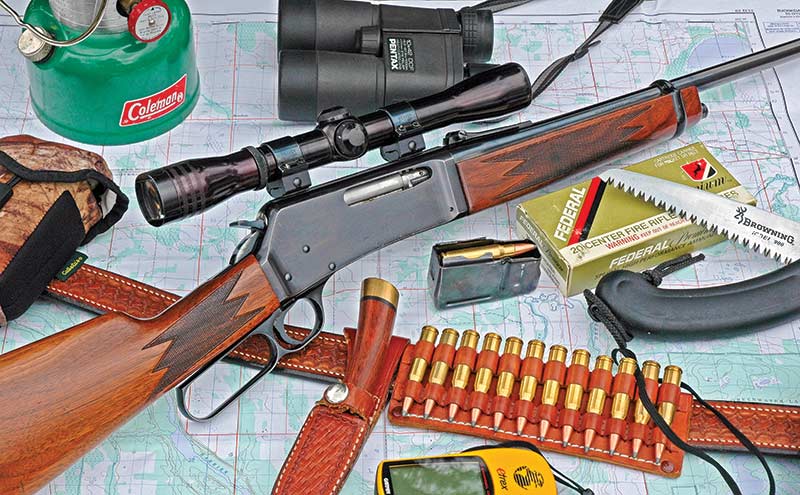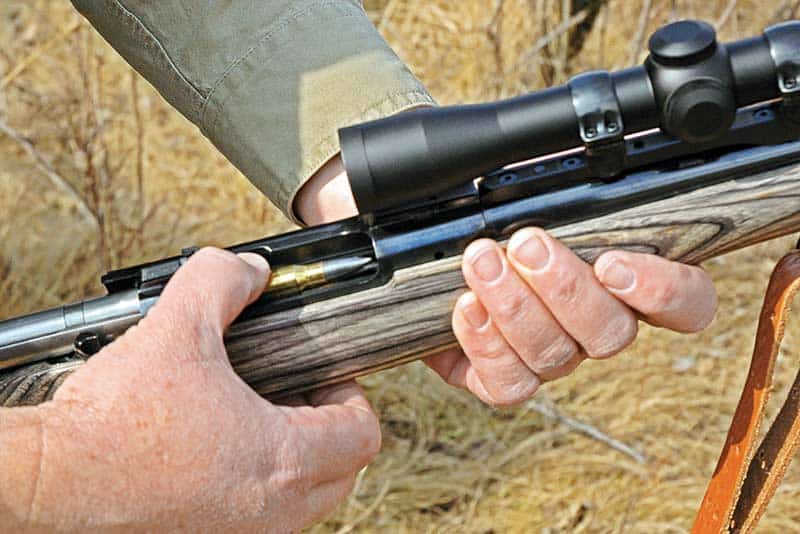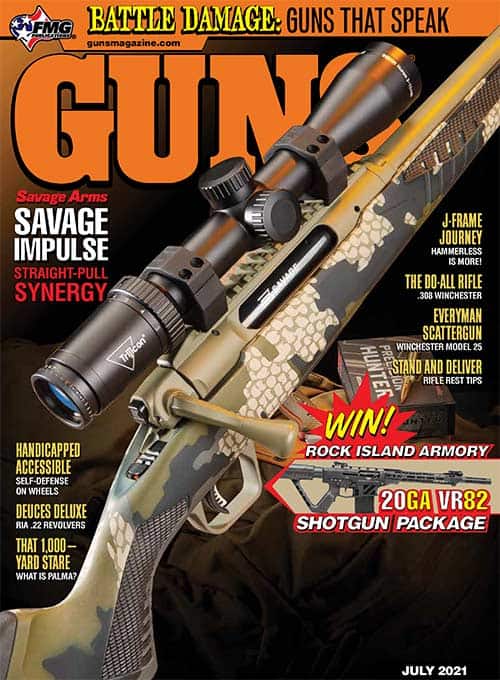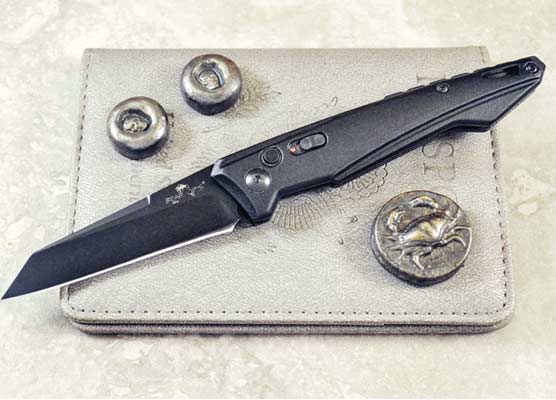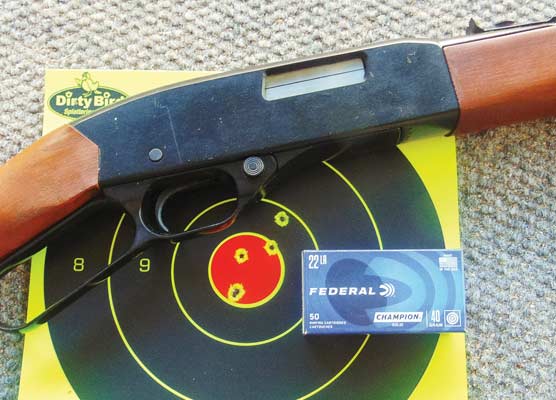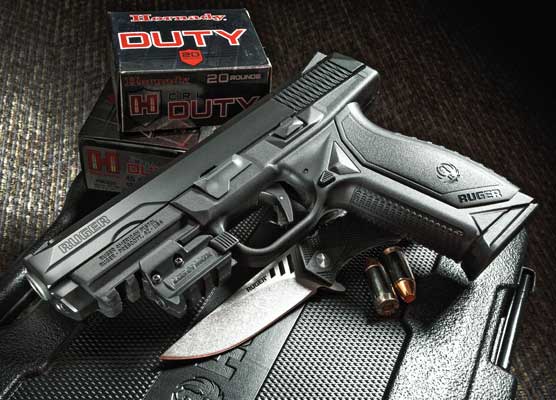The .308, the original Jack-of-all-trades
Versatility to the max!
A reader asked — “Why have you never written about the .308 Winchester cartridge?” Well, why not now? Should be great fun!
The .308 Win. was released by Winchester as a commercial cartridge in 1952. Winchester chambered it initially in the bolt-action Model 70 rifle, and later in the Models 88 and 100 … getting so sleepy … ballistics almost equal to the .30-’06 but in a shorter cartridge suited to semiautomatic and lever actions … yawn … and … and … short bolt actions … zzzzzz.
Mediocre Not
The .308 Win. is not a very exciting cartridge. It isn’t a super-high-velocity round. It isn’t a big-bore bone crusher. There’s nothing exotic about it. You could even call it boring. I have a shooting buddy who is an exceptional shot, a successful competitor and fine hunter. Old-school cartridges like the .30-’06 and .308 bore him to tears. His idea of a nice big game rifle is a .338-.378 Weatherby. He once said he’d quit hunting before he would use a .308.
And yet year after year, decade after decade, the .308 is one of the most popular rifle cartridges as measured by ammunition and rifle sales. All the .308 has done for the past 70 years is whatever it was asked to do, efficiently, economically and capably. As with so many reliable items we tend to take it for granted.
I’m not into “favorite cartridges” much, but if I were the .308 wouldn’t make my top-10 list — which was why I was startled when I did a mental inventory and realized I own more rifles chambered for .308 Win. than any other cartridge except .223 Rem. Why? Because the cartridge is so darn versatile.
I’ve used it in lightweight hunting rifles and heavy target rifles, shot it slow-fire at a thousand yards, rapid fire in practical rifle matches and at 4,000 rounds per minute from a helicopter door minigun. Maybe enthusiasts like my buddy find the .308 boring but the general shooting public does not.
I grew up on a Saskatchewan farm in the 1960s. Virtually all the men I knew hunted, whitetail deer mostly, occasionally moose and elk. About 1970 I asked a gun dealer I knew what was his best-selling cartridge. He said the .308 Win. by a wide margin. Lever actions were far more popular than bolt actions, mainly Savage 99s and Winchester 88s, even the occasional Sako Finnwolf. When the Browning BLR appeared around 1970 it did quite well considering it was never a cheap rifle. I remember visiting an old subsistence farmer/trapper at his ancient, cluttered log cabin. Hanging on the wall was a like-new Browning BLR worth more than everything else in the room combined.
If you’re looking for a lightweight, compact, fast-handling hunting rifle with plenty of power the .308 Win. is an excellent choice. For a while in the 1970s my deer rifle was a Remington 600 Mohawk .308. It was light, easy to carry, easy to maneuver in heavy cover. For my uses it had a couple of shortcomings. It was muzzle-light, with the balance point about 3½” ahead of the trigger. It was inherently very accurate; I could shoot it well from a rest, but not offhand or for running shots.
Say What?
The other fault was the muzzle blast from the 18½” barrel. In those days I was too stupid to use ear protection while hunting, thinking (wrongly) an occasional shot without muffs wouldn’t hurt my hearing. A 20″ .30-30 or 22″ .270 was bad enough, but the stubby little .308 was just too much.
Obviously neither of these issues is the cartridge’s fault. Today there are many nicely balanced carbines from which to choose and modern hearing protection can and should be worn whenever one is shooting. I have several carbines including a Ruger 77 International I used in Africa.
Another venue where the .308 shines is the “scout rifle.” The term refers to an all-around rifle for big game hunting, pest control on farm or ranch and wilderness survival. Common features of current scout designs include: bolt action, detachable 5- or 10-shot magazine, compact overall length, barrel length of 18″–20″, adaptability to receiver-mounted iron sights, or receiver or barrel mounted scopes.
The .308 excels as a cartridge for formal target shooting. I dislike the term “inherently accurate” as it seems rather vague and imprecise. The .308 has a huge accuracy advantage in having superb match ammunition widely available. Most big ammunition makers offer splendid .308 match loads. I remember a custom gunmaker saying every rifleman should have at least one accurate .308, just to be able to shoot Black Hills match loads that he considered the very best available.
Only the most meticulous handloaders can equal the accuracy of Black Hills match. Nonetheless the reloader will find the .308 a pleasant cartridge to reload. It isn’t a bit fussy about powders, a nice feature when powders are in high demand and short supply.
